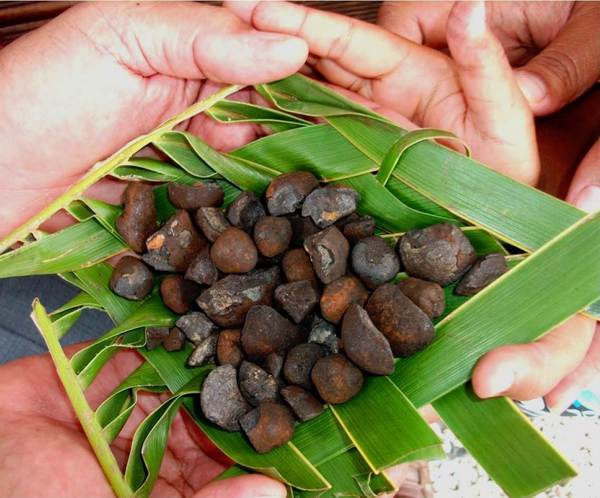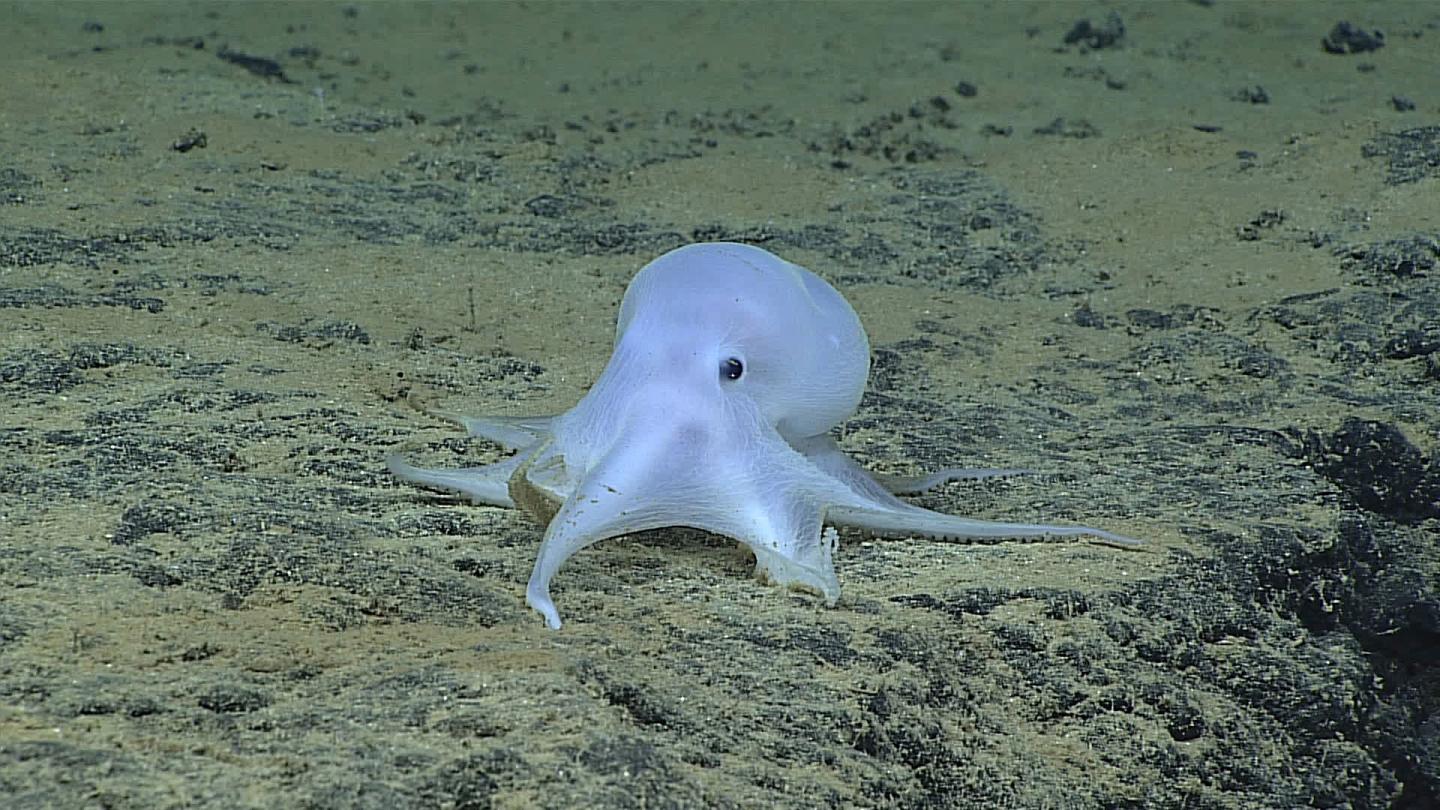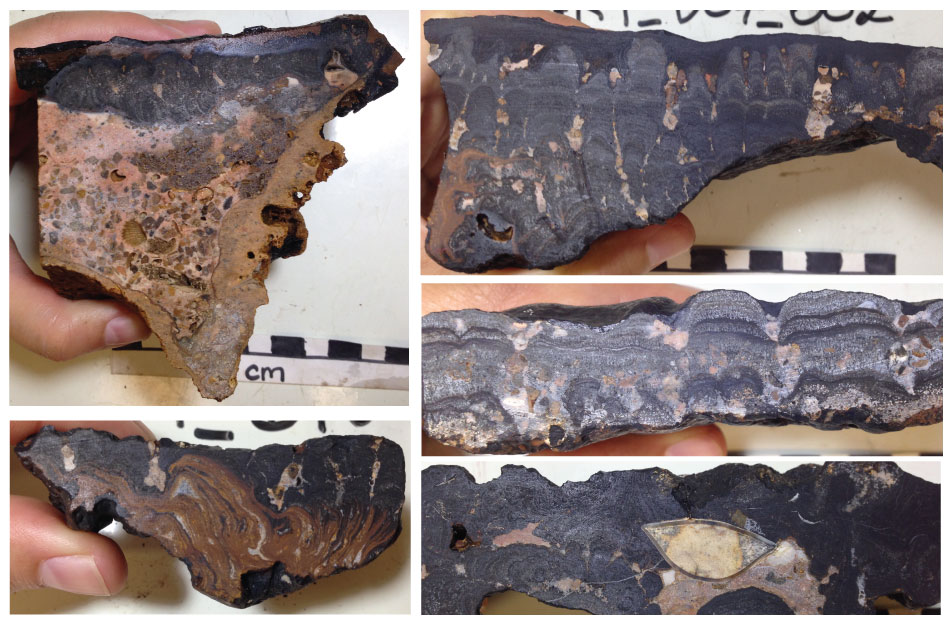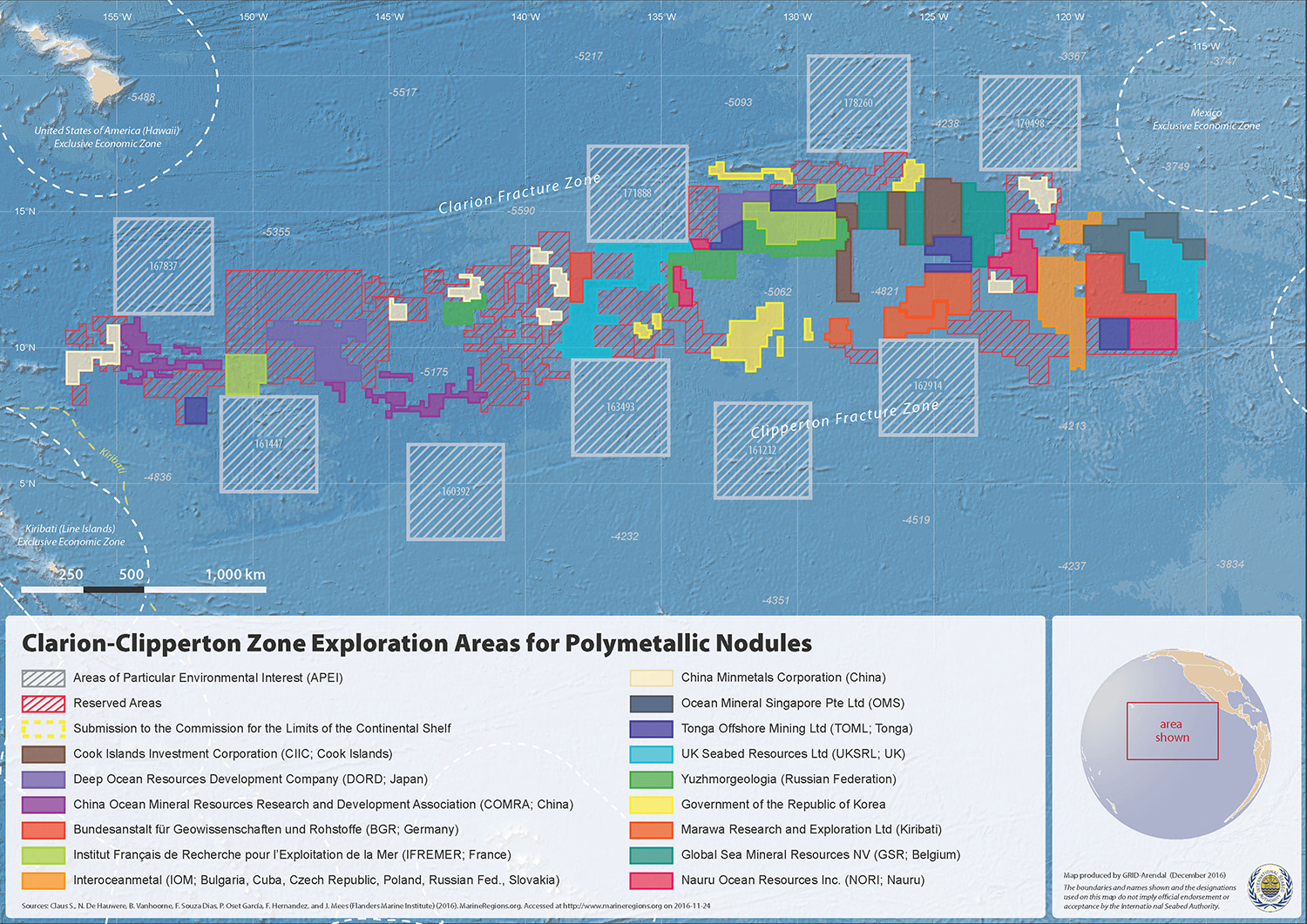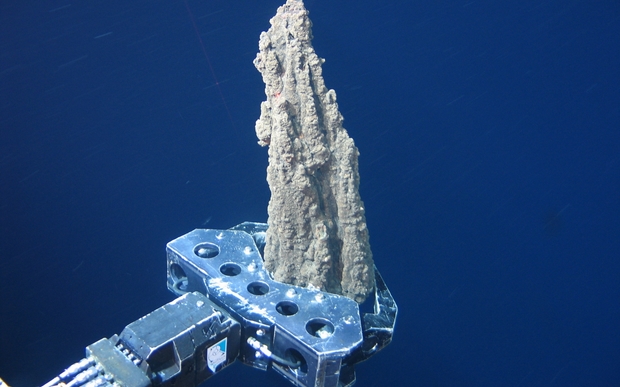The government of the Cook Islands, through the Cook Islands Investment Corporation (CIIC), entered into an agreement in September with U.S. based Ocean Minerals, LLC (OML) for the exclusive right for up to 18 months to prospect and explore high value polymetallic nodules over approximately 23,000 square kilometers of the Cook Islands Exclusive Economic Zone (EEZ).
The Penrhyn Basin found within the Cook Islands EEZ is one of four locations worldwide known to have nodule densities high enough for potential commercial extraction (the others are (1) the Clarion Clipperton Zone, (2) the Peru basin, and (3) the north central Indian Ocean). Of these, the composition of nodules found at the Cook Islands is known to be particularly high in cobalt, a metal whose demand is skyrocketing due to its use electric vehicle batteries. Cook Islands nodules generally have cobalt concentrations between 0.25% and 0.50% and, with an estimated 10 billion tonnes of nodules in the EEZ, may represent 15-20% of the world’s presently known resource of the metal.
The nodules also contain commercially viable quantities of iron, manganese, copper and nickel, as well as the less common metals titanium, tellurium, Niobium, Platinum and Zirconium, and the 14 rare earth elements including Yttrium.

Photo: Cook Islands Seabed Minerals Authority (SBMA)
The prospect of a resident deep sea mining industry in the Cook Islands is a strong economic incentive. However, the Islands are highly cautious of how such an industry develops, not wishing to risk the health of the ocean environment, which drives the fishery and tourism sectors on which the nation is currently dependent. To ensure sustainable development and to protect the people of the Cook Islands, the nation passed the Cook Islands Seabed Minerals Act in 2009, the world’s first national legislation aimed at creating a policy for seabed mineral extraction. This Act went into effect in 2013 and a national policy framework has since been shaped under the leadership of Seabed Minerals Commissioner Paul Lynch.
To maintain their commitment to environmental sustainability, it’s important for the small island State to choose like-minded partners.
“The Cook Islands wants to partner with the right entities to ensure that if DSM takes place, then it is conducted on best practices and offers a fair return for all parties,” said Commissioner Lynch.
OML has confirmed that it will have a focus on the sensitivity of environmental and social issues and that these will be at the forefront of the project planning.
OML Chairman, Dr. John Halkyard addressed the company’s commitment to the Cook Islanders.
“Once we are underway, we plan to have Cook Islanders involved in our project from the beginning of the planning process, and will be meeting with the Cook Island community and leaders on a regular basis,” Halkyard said.
Under the new Agreement, OML is required to apply for an Exploration License under the Cook Islands Seabed Minerals Act of 2009. This is the second agreement between OML and CIIC. The first agreement, signed in September 2016, was restricted to exploration of the rare earth enriched sediments which underlie the nodules.
Halkyard noted that the cobalt content in Cook Islands nodules is a driving factor of OML’s interest.
“With today’s deep-sea technology, we believe the higher grades can be extracted in an economic and environmentally sustainable manner,” he stated.
